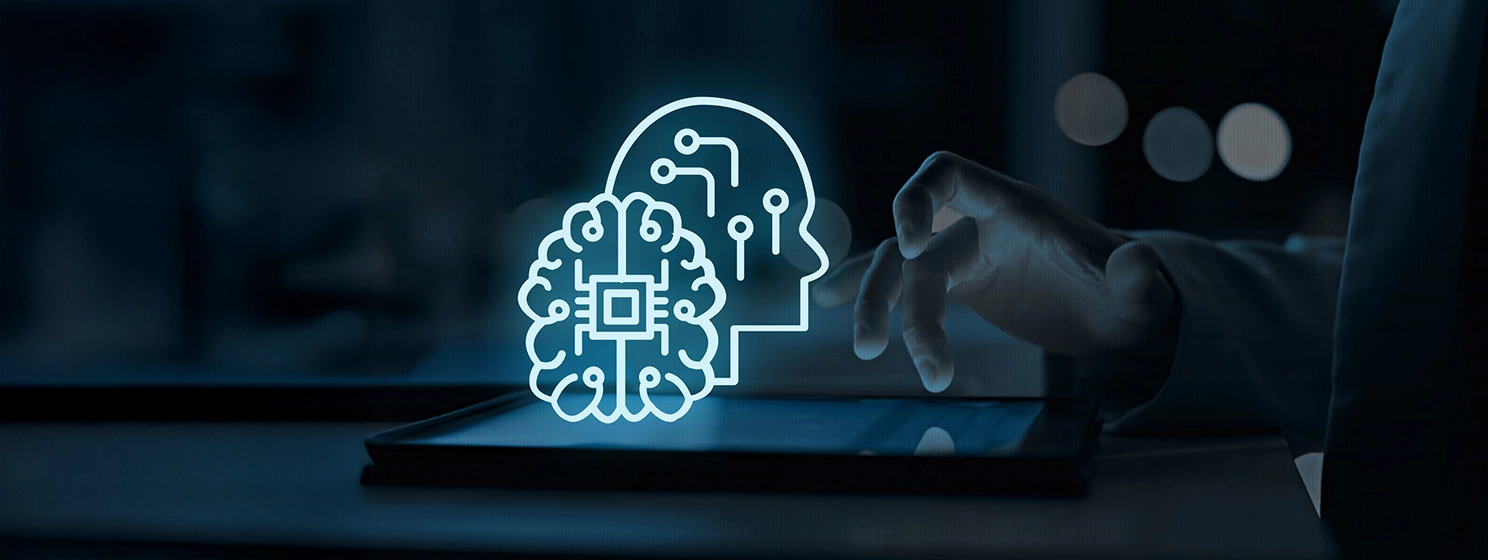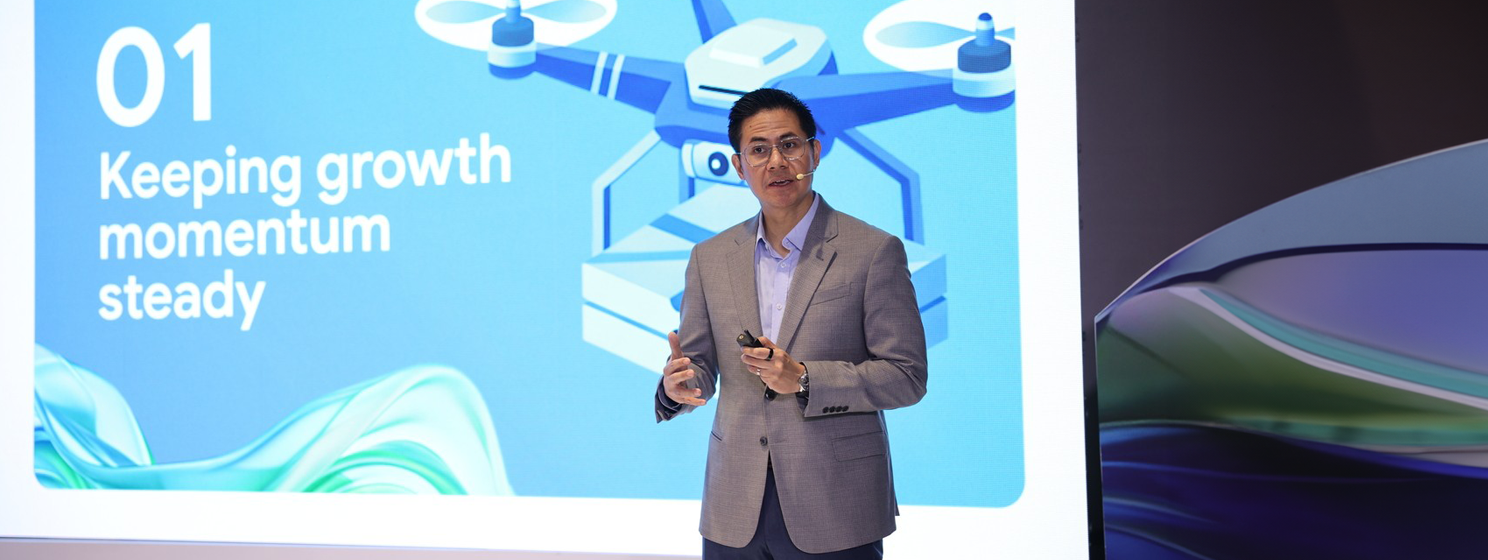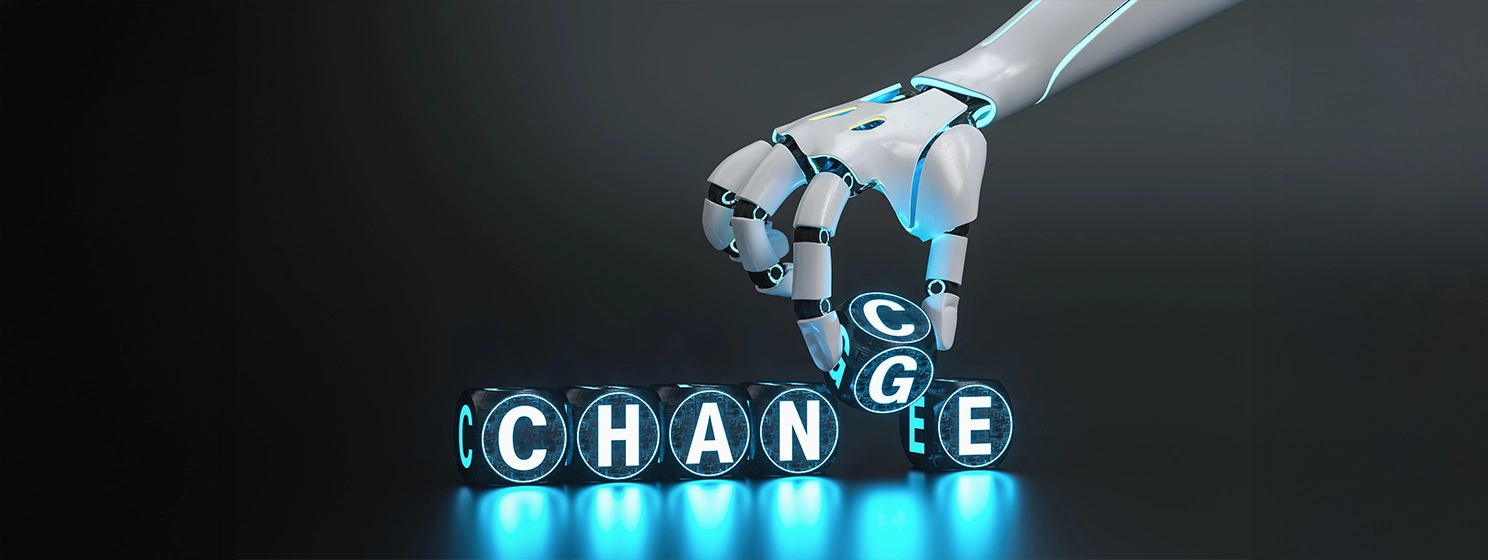|
Getting your Trinity Audio player ready...
|
In the tough world of block reward mining, where costs for power and keeping machines running play a critical role in profitability, artificial intelligence (AI) smart contracts provide some much-needed support. These aren’t your everyday blockchain agreements that simply split block rewards, but intelligent, self-executing codes that crunch real-time data, energy prices, rig temperatures, or network difficulty, and make split-second decisions to keep miners on track.
With the blockchain and AI market heating up, the fusion of AI and decentralized tech could birth a new breed of self-optimizing mining operations, redefining efficiency in the cutthroat world of 2025.
Smart contracts have been a key part of the blockchain for a while, automating things such as decentralized finance (DeFi) loans and non-fungible token (NFT) sales. Adding AI to them is like giving them a brain; instead of sticking to preset rules, these contracts can adapt, learning from live data to improve mining efficiency.
Companies like Fetch.ai and Chainlink are paving the way by feeding real-time data such as weather, grid costs, or hashrate trends into Ethereum contracts that miners can use. For example, imagine a North Dakota mining farm where power costs change often. An AI contract could see when prices go up and then decide to throttle older machines.
Electricity expenses are a key player in mining, but these costs are increasing. By 2025, miners in the United States could see rates over $0.10 per kWh, much higher than the $0.03-$0.07 rates in places such as Oman. To deal with this, AI contracts can study data from power grids or renewable sources to help control electricity usage.
For instance, a miner in Texas could use an AI contract tied to ERCOT’s pricing. This would let them move operations to wind power during windy nights. This could cut expenses in a market where the hash price is low, at $0.049 per terahash/second after the halving. The goal is to stay competitive when profit margins are thin.
Hardware maintenance can eat into profits without warning. Bitcoin mining machines, such as MicroBT’s Whatsminers, operate constantly, so even one overheated ASIC chip can ruin a day’s earnings. AI smart contracts can foresee issues before they happen by using machine learning to find patterns in sensor data. For example, it could notice unusual vibrations in a machine’s fan or a temperature increase above 80°C. The contract could then pause the machine, schedule maintenance, or order parts using a marketplace such as Ocean Protocol. One miner in Alberta posted on Reddit that this kind of system reduced downtime by 25%, which kept their ten machines running smoothly during the winter.
Strategic optimization provides a real advantage. The BTC network’s difficulty increased to 129.7T in August 2025, making each hash a challenge. AI contracts can examine blockchain data, such as pool size or upcoming difficulty changes, to determine when to increase or decrease activity. For instance, a contract could shift power to energy-saving rigs (15 J/TH) during difficult times, while putting aside older models like the Antminer S19. Such adaptability aids smaller participants in competing with larger entities like CleanSpark, which has 35 EH/s.Why is this happening now? The blockchain and AI market is growing at a rate of 24.5% each year through 2027, which indicates that miners are joining a larger trend of tech adoption. Instruments like ArciumHQ’s encrypted computing keep data safe when running complicated models, which is important for miners prioritizing privacy. Platforms like SingularityNET provide ready-made AI agents, which allow even small-scale miners to use smart agreements without needing high-level coding knowledge. This opening up of resources could equalize things, giving amateurs a chance to make money.
The future presents opportunities mixed with challenges. The dependability of oracles supplying data to smart contracts is a possible weakness, as flawed data can cause incorrect outcomes. Processing AI on the blockchain is resource-intensive, but layer-2 technologies such as Optimism are helping to lower expenses. Laws, especially those regarding the energy use of mining, pose another challenge, as some areas consider tighter controls.
Despite these issues, AI-driven smart contracts have great potential. They could refine mining, make it more environmentally sound, and boost adaptability, changing mining operations into active systems that change with the market. In an environment where every computation is valuable, this technology is more than a tool; it is key to succeeding as things change.
In order for artificial intelligence (AI) to work right within the law and thrive in the face of growing challenges, it needs to integrate an enterprise blockchain system that ensures data input quality and ownership—allowing it to keep data safe while also guaranteeing the immutability of data. Check out CoinGeek’s coverage on this emerging tech to learn more why Enterprise blockchain will be the backbone of AI.
Watch | Mining Disrupt 2025 Highlights: Profitable trends every miner should know

 12-18-2025
12-18-2025 




